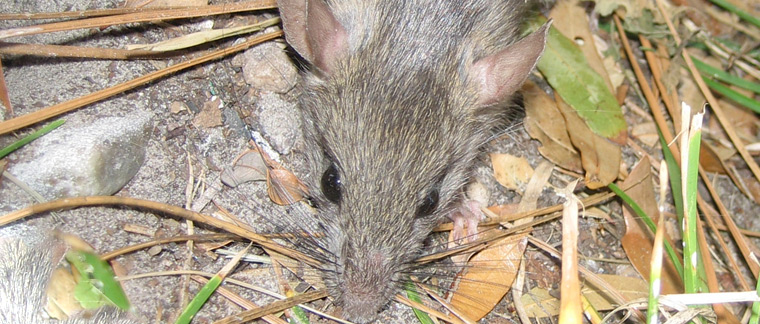-
info@aaanimalcontrol.com
Call us for help in your town
Humane Wildlife Education
What are rat mating habits?
Need rat removal in your hometown? We service over 500 USA locations! Click here to hire us in your town and check prices - updated for year 2020.
Rats live in social groups of both male and female individuals, and operate under a dominance hierarchy where there will be a top dominant rat, two to three females that will be under the boss rat but over all the rest of the rats in the group, and another two categories of middle and submissive rats with their own established hierarchy within their respective subgroups. Hierarchy will be settled through violent fighting, and the top rat will usually be the most successful breeder in the group.

Rats are polygynous, and if the climate permits, they will breed throughout the year, with the summer and autumn months being the most prolific ones. The number of litters per year will depend on food availability. A single female that will usually live for little under a year will be able to produce as many as five litters in her lifetime. One single litter can count up to 14 individuals, but the more common number is seven. Gestation period is usually between 21 and 29 days, and a female can get impregnated immediately after giving birth. A rat will reach sexual maturity when approximately five months of age, soon after weaning which occurs when the rat is three to four weeks of age.
These mating habits and behaviors apply to both the Norway rat and the brown rat. As you can see, rats take breeding very seriously. What’s more, if a significant dent is made in the population of a group, the remaining population will soon compensate by reproducing at an even bigger rate, bringing the population back to normal levels in a matter of weeks. They’re very hard to stop or to eradicate, but we must do our best to not provide them with hospitable environments in our homes. They will spread disease and destroy the architectural structures they nest in with their gnawing, chewing, feces and urine. House and building rat prevention is paramount in areas predisposed to high population of rats. If rats have already invaded you home or place of business, it is paramount that you proceed to eliminating the rats by adopting correct and humane methods of vermin removal.
Rat control is hard – check with a wildlife removal pro if you feel things are getting out of hand, and don’t wait for the situation to get even worse than it already is before taking measures.
For more information, you may want to click on one of these guides that I wrote:
How much does rat removal cost? - get the lowdown on prices.
How to get rid of rats - my main rat removal info guide.
Example rat trapping photographs - get do-it-yourself ideas.
Rat job blog - learn from great examples of rat jobs I've done.


















